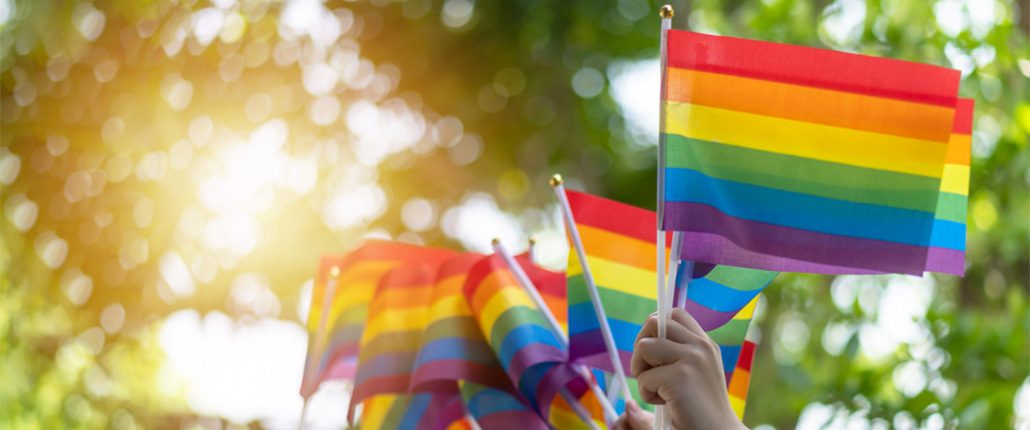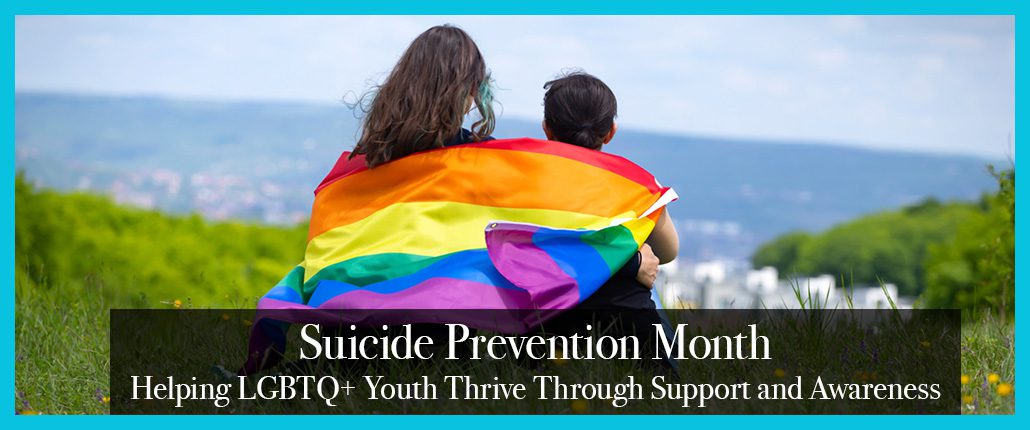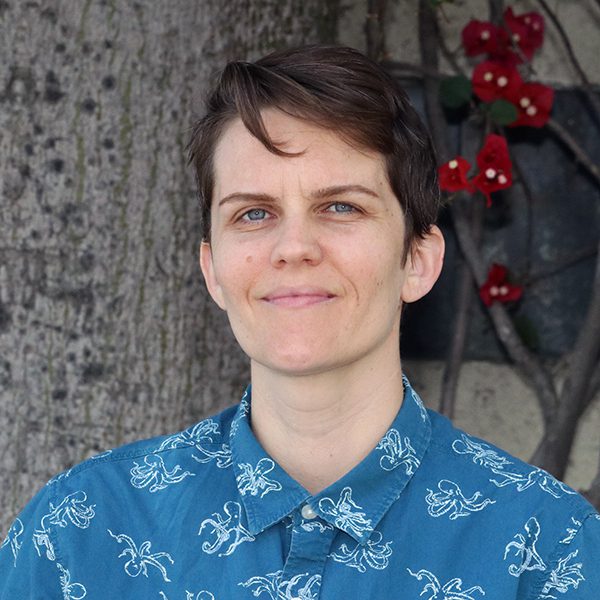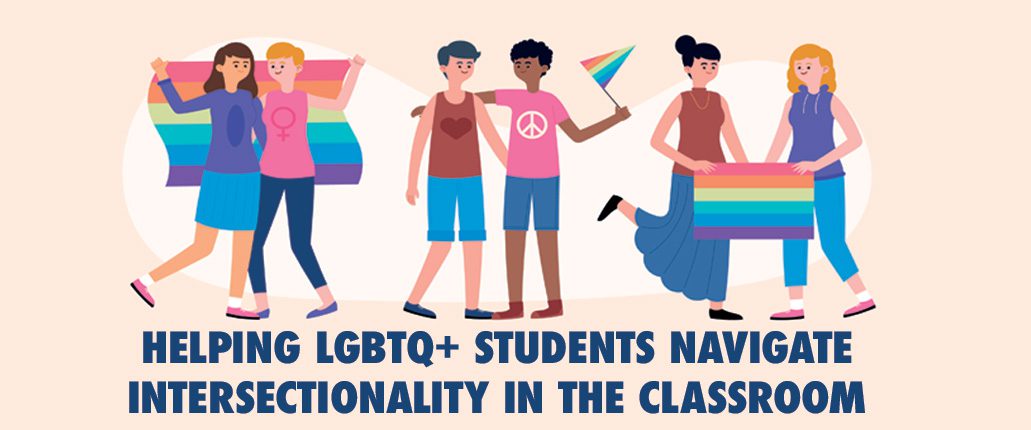Kaleidoscope Celebrates LGBTQ+ History Month: Honoring Our Past, Shaping Our Future

Kaleidoscope Celebrates LGBTQ+ History Month: Honoring Our Past, Shaping Our Future
October is a month of reflection, celebration, and pride for the LGBTQ+ community as we observe LGBTQ+ History Month, from October 1st to 31st. This special time is set aside to recognize the significant contributions, milestones, and struggles of LGBTQ+ individuals throughout history, while also embracing the progress we continue to make towards equality, visibility, and love. All of us at The Help Group’s Kaleidoscope want to take this time to honor the heroes who paved the way for freedom and to acknowledge how far we’ve come together as a vibrant, diverse community.
The Legacy of the LGBTQ+ Rights Movement
LGBTQ+ History Month began in 1994, initiated by Missouri high school teacher Rodney Wilson, who saw the need for a period to reflect on the stories and individuals who have shaped the LGBTQ+ movement. The month of October was chosen to include National Coming Out Day (October 11), and it also aligns with the anniversary of the first and second Marches on Washington for LGBTQ+ Rights, held in 1979 and 1987, respectively. These marches were pivotal moments of visibility and solidarity, demonstrating that LGBTQ+ voices were strong, united, and ready to demand change.
The roots of the modern LGBTQ+ rights movement can be traced back to key events in the 20th century, including the Stonewall Uprising of 1969. On June 28, a group of LGBTQ+ individuals, led by trans women of color like Marsha P. Johnson and Sylvia Rivera, rose up against police raids at the Stonewall Inn in New York City. This event sparked a series of protests and laid the foundation for LGBTQ+ pride parades and the broader fight for equal rights. The courage of those who stood at the front lines of Stonewall still reverberates today, inspiring generations of activists.
Celebrating LGBTQ+ Achievements
LGBTQ+ History Month is a time to recognize not only the struggles but also the incredible achievements and contributions that LGBTQ+ people have made across various fields. From the arts to science, politics to sports, LGBTQ+ individuals have shaped the world in powerful and lasting ways.
In literature, James Baldwin was a beacon of truth, using his platform to explore complex issues of race, sexuality, and identity. In politics, Harvey Milk became the first openly gay elected official in California, advocating tirelessly for the LGBTQ+ community until his assassination in 1978. In more recent times, figures like Laverne Cox and Elliot Page have expanded the representation of trans people in Hollywood, while athletes like Megan Rapinoe have used their fame to champion LGBTQ+ rights.
These contributions are crucial reminders that LGBTQ+ people have always been here, creating art, building communities, and changing the world for the better.
Progress and Pride
While history reminds us of the battles fought and won, LGBTQ+ History Month also serves as a reminder of the ongoing work needed to achieve true equality. Landmark victories like the legalization of same-sex marriage in the United States in 2015 and increasing protections for LGBTQ+ individuals worldwide mark major steps forward, but challenges remain, particularly for transgender and nonbinary individuals, LGBTQ+ people of color, and those living in countries where being LGBTQ+ is still criminalized.
Yet, despite these challenges, the resilience of the LGBTQ+ community is a source of constant inspiration. The spirit of Pride—the celebration of our identities, our love, and our right to exist—is as strong today as ever. LGBTQ+ History Month is a reminder that each of us, by living our truth, is contributing to the rich tapestry of LGBTQ+ history.
Looking Forward with Hope
As we celebrate LGBTQ+ History Month, let’s remember that we are the next chapter in this ongoing story. By continuing to advocate for equal rights, support each other, and educate those around us, we honor the sacrifices and achievements of those who came before us. We are part of a legacy of strength, courage, and love—a legacy that will continue to grow as future generations take up the fight for a more inclusive world.
Whether you’re attending a virtual event, learning about an LGBTQ+ historical figure, or simply living authentically, this month is an opportunity to reflect on how far we’ve come and how much further we can go together.
Let’s celebrate LGBTQ+ History Month by remembering our past, embracing our present, and moving forward with hope, pride, and unity. After all, our history is powerful, and our future is bright.
Happy LGBTQ+ History Month! 🏳️🌈
With love and support,
Kaleidoscope





